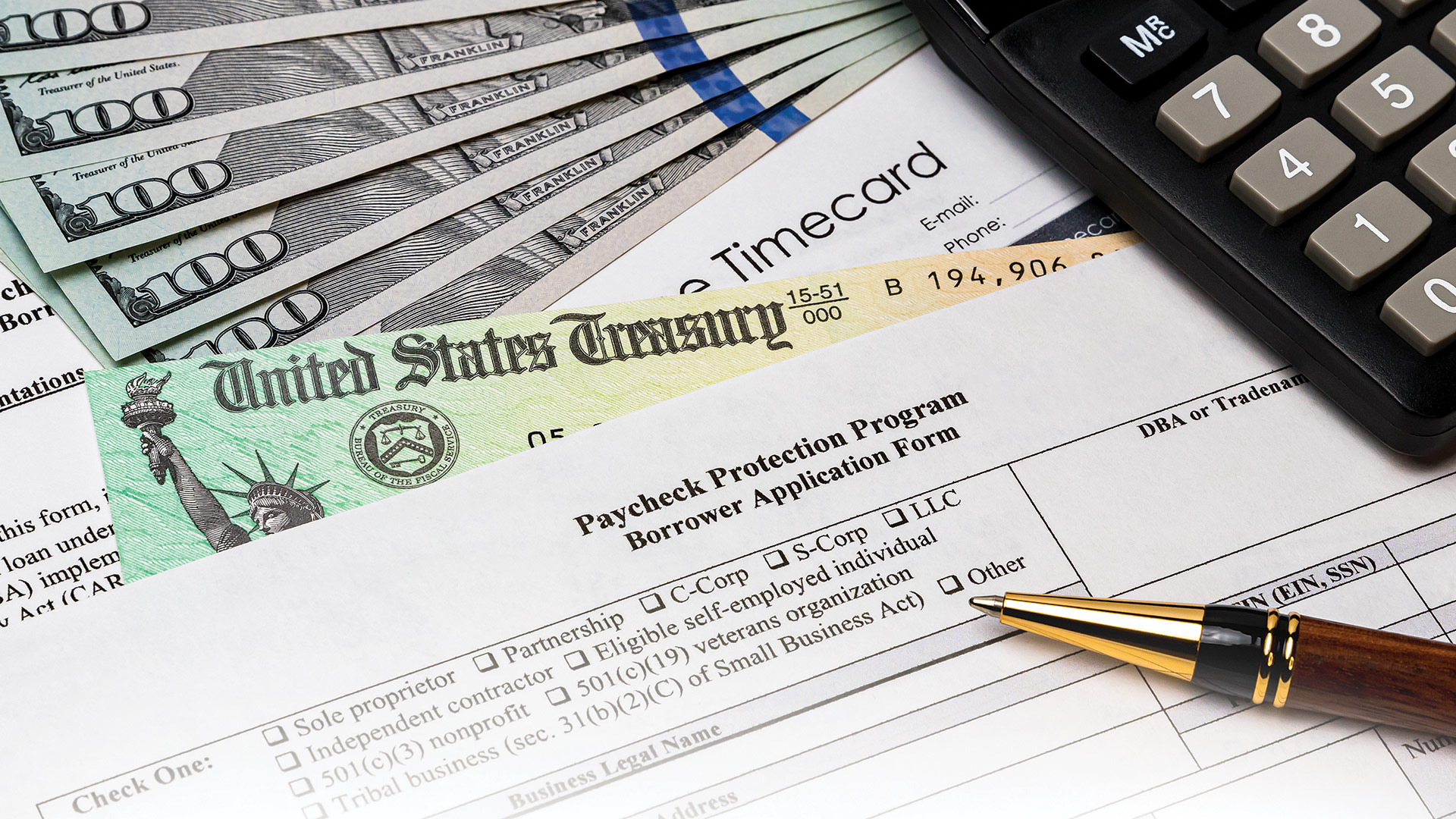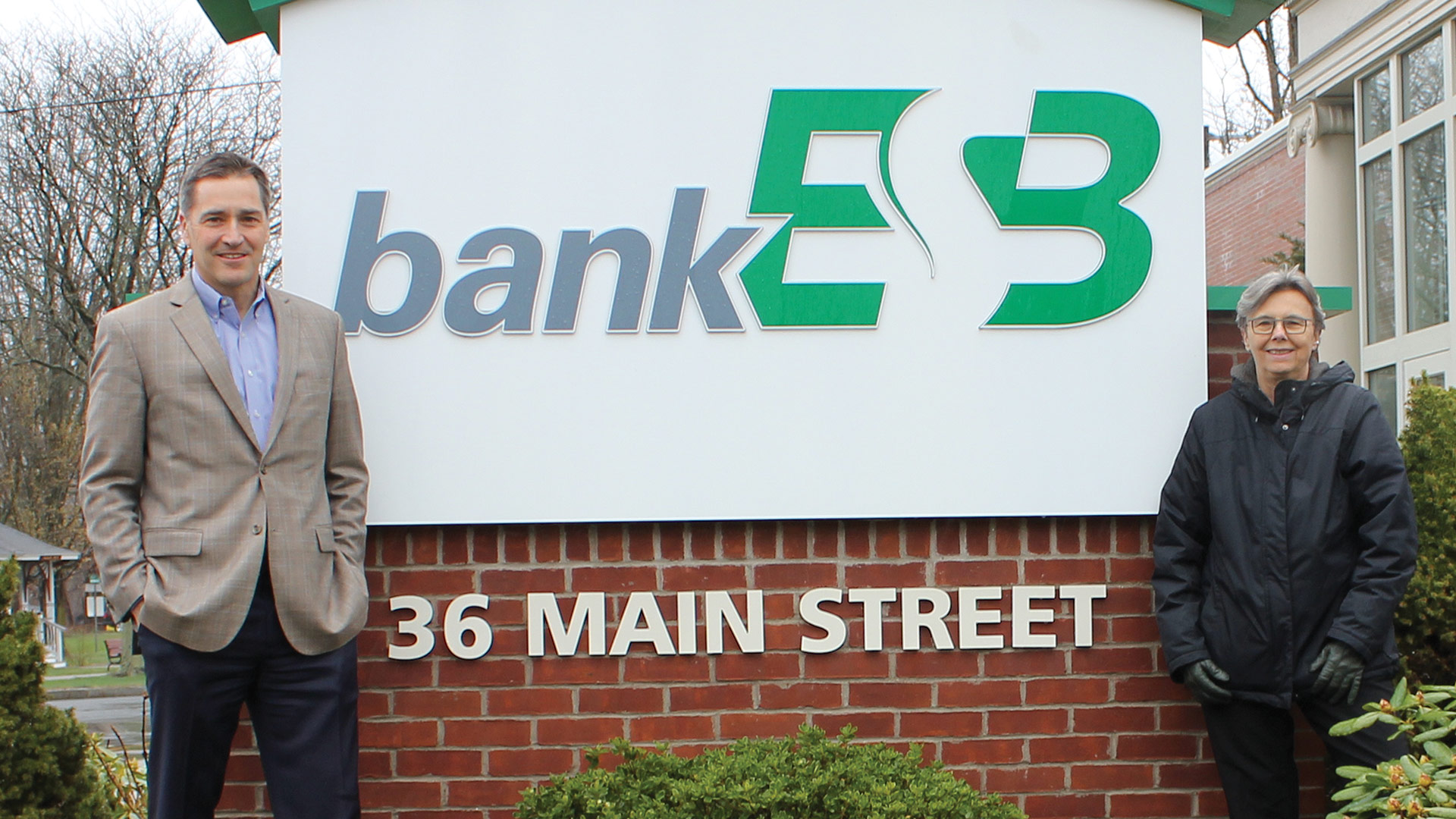Determining Whether a Business Qualifies Can Be Complicated
By Scott Foster & Jacob Kosakowski

Scott Foster

Jacob Kosakowski
Business owners have been bombarded recently with solicitations from firms offering to help them realize millions of dollars through the IRS’s Employee Retention Credit (ERC) program, which was included in the CARES Act adopted in the early phases of COVID-19. The CARES Act also contained the popular, and well-documented, Paycheck Protection Program (PPP), with forgivable loans that kept many businesses afloat.
Originally, if a business received a PPP loan, it was not eligible to receive ERC. The initial IRS guidance on this could not have been more clear: “an employer may not receive the Employee Retention Credit if the employer receives a PPP loan that is authorized under the CARES Act. An Eligible Employer that receives a PPP loan, regardless of the date of the loan, cannot claim the Employee Retention Credit.”
However, subsequent legislation, namely the Taxpayer Certainty and Disaster Tax Relief Act of 2020, enacted Dec. 27, 2020; the American Rescue Plan Act (ARPA) of 2021, enacted March 11, 2021; and the Infrastructure Investment and Jobs Act, enacted Nov. 15, 2021, greatly expanded eligibility for ERC.
While some of these firms are offering legitimate services and will help businesses file accurate and legitimate claims for ERC, business owners should proceed with extreme caution due to several factors: the very complex rules regarding eligibility for an ERC, the IRS’s near-automatic acceptance of these filings (and payment of the credit, of which the firm usually collects 25% or more), the very strong likelihood that these filings will be audited in years to come (the IRS has up to five years to audit ERC returns), and the equally strong likelihood that the less-reputable ERC firms will have closed their doors and have liquidated all assets before those audits are completed, leaving the business holding the proverbial bag for tax penalties, fines, and interest.
“Perhaps the most complicated facet of determining eligibility under ERC relates to how its provisions interact with the Internal Revenue Code’s special aggregation rules for businesses.”
The IRS issued a warning on Oct. 19, 2022, stating that some firms “are taking improper positions related to taxpayer eligibility for and computation of the credit.” The IRS warning goes on to explain that firms “often charge large upfront fees or a fee that is contingent on the amount of the refund and may not inform taxpayers that wage deductions claimed on the business’ federal income-tax return must be reduced by the amount of the credit.”
Determining whether a business qualifies for ERC can be quite complicated. If the business was fully or partially suspended due to a governmental order limiting commerce, travel, or group meetings related to COVID, then it may qualify for the time during which it was so suspended. If the business was not suspended but suffered a “significant decline in gross receipts,” it may also qualify. A significant decline in gross receipts is measured on a quarterly basis, comparing 2020 quarterly receipts to 2019 quarterly receipts (50% or greater decline), 2021 quarterly receipts to 2019 (20% or greater decline), or Q4 2020 receipts to Q4 2019 receipts (20% or greater decline).
Perhaps the most complicated facet of determining eligibility under ERC relates to how its provisions interact with the Internal Revenue Code’s special aggregation rules for businesses. Under the aggregation rules, multiple businesses may be combined into an ‘aggregated group’ based on common ownership, where all employees of an aggregated group will be treated as employed by a single employer. The members of an aggregated group are determined based upon the stock or membership interest ownership of a business entity. If multiple businesses are comprised of similar ownership, those businesses might be combined into an aggregated group.
The ownership of a business might be comprised of individuals, trusts, partnerships, or corporations. The ownership composition of a potential aggregated group must be closely examined because the aggregation rules and thresholds will differ based on whether the group consists of corporations, LLCs, or partnerships. Further, the relationship of individuals to one another will also impact how the aggregations rules operate.
By way of example, imagine three individuals: Alice, Brady, and Carol. Each own a one-third interest in each of Alpha LLC, Bravo LLC, and Charlie LLC. Under the aggregation rules, the three LLCs would form an aggregated group, known as a ‘brother-sister controlled group,’ based on their common ownership structure. All employees of all three LLCs would be treated as employed by a single employer. As another example, now assume that Alice and Brady own a one-half interest in Alpha LLC, Brady and Carol own a one-half interest in Bravo LLC, and Carol and Alice own a one-half interest in Charlie LLC. Under the aggregation rules, none of the LLCs would form an aggregated group with each other because any potential aggregated group would not meet the requisite ownership threshold requirements.
An aggregated group will impact how the members of such group are treated under the ERC provisions. Most notably, the aggregation rules affect the determination of a business’ average number of full-time employees, as well as what constitutes a ‘significant decline’ in gross receipts among members in an aggregated group. The aggregation rules also impact how suspensions due to governmental orders are enforced among members of an aggregated group. Businesses should consider carefully examining their ownership compositions so beneficial business aggregations are not missed.
And remember, if it sounds too good to be true, it likely is.
Scott Foster chairs Bulkley Richardson’s Business/Finance Department, and Jacob Kosakowski is an associate in the firm’s Trusts & Estates Department.







 As you read the accounts of individual companies grappling with the pandemic in the June 8 issue of BusinessWest — we call them ‘COVID Stories’ — a number of themes and similarities emerge.
As you read the accounts of individual companies grappling with the pandemic in the June 8 issue of BusinessWest — we call them ‘COVID Stories’ — a number of themes and similarities emerge.





